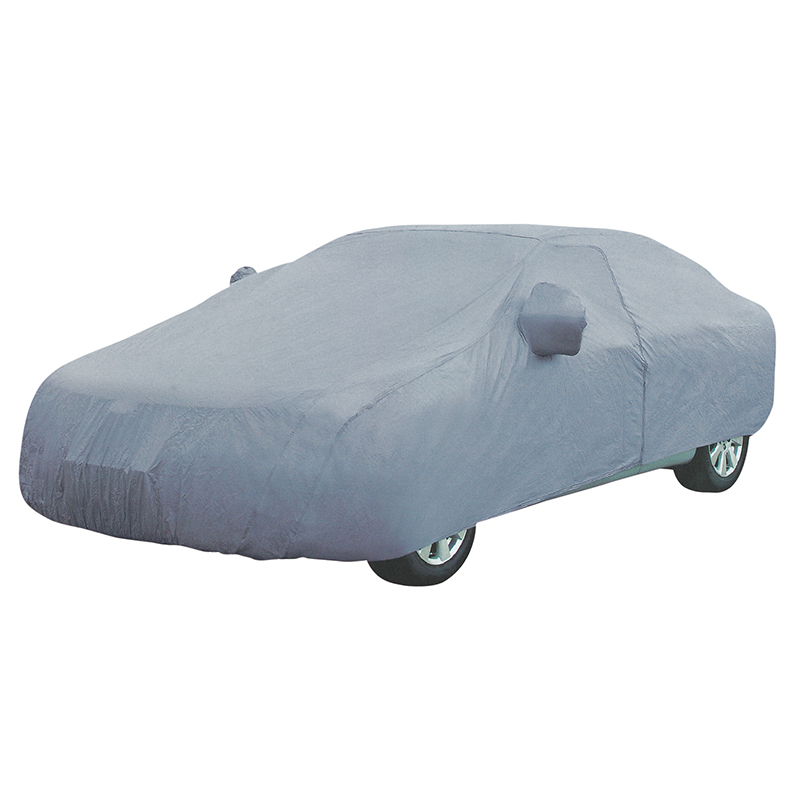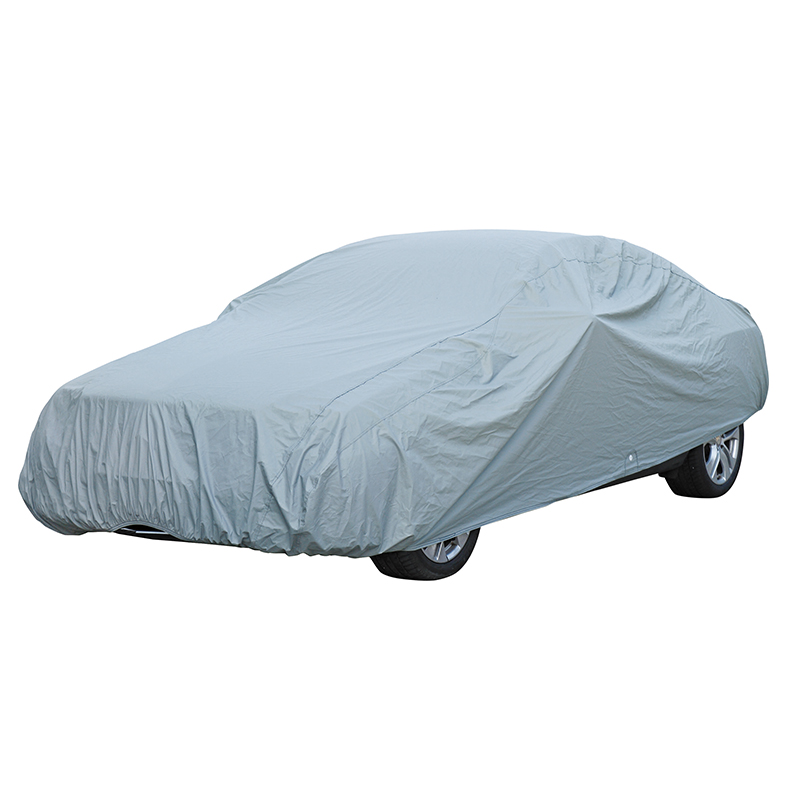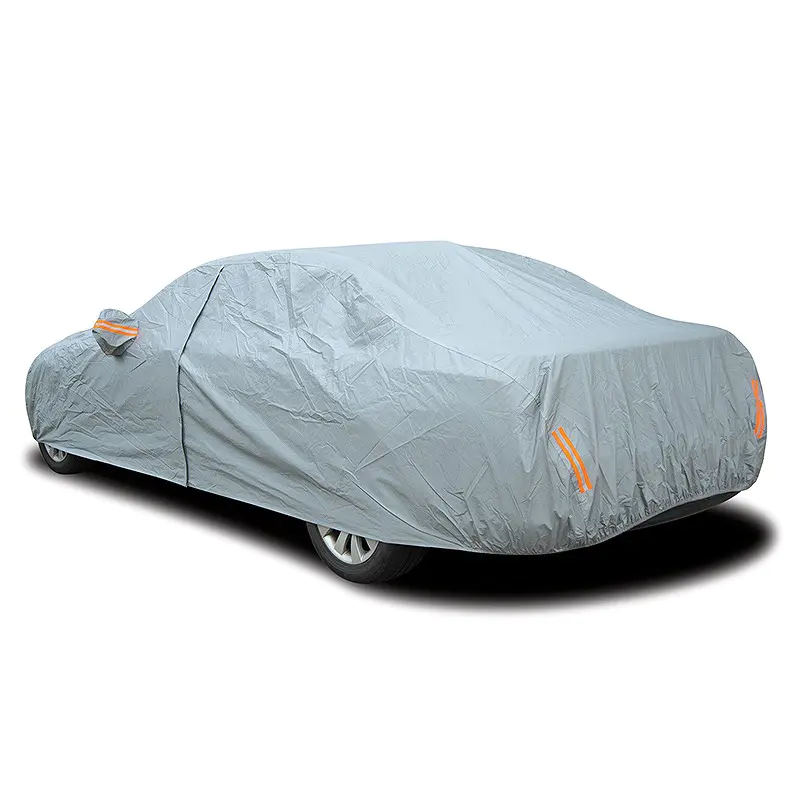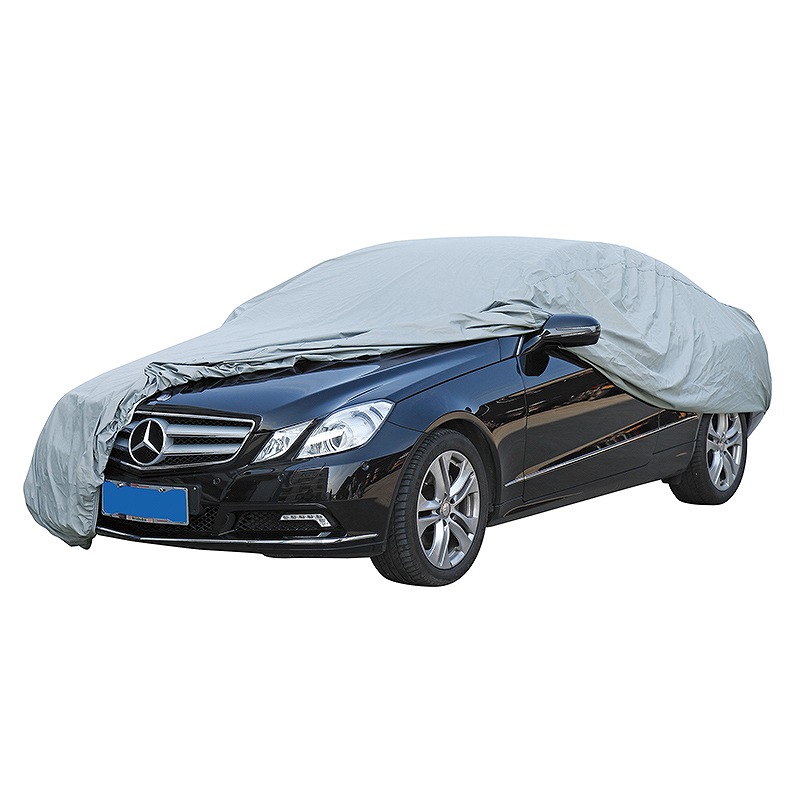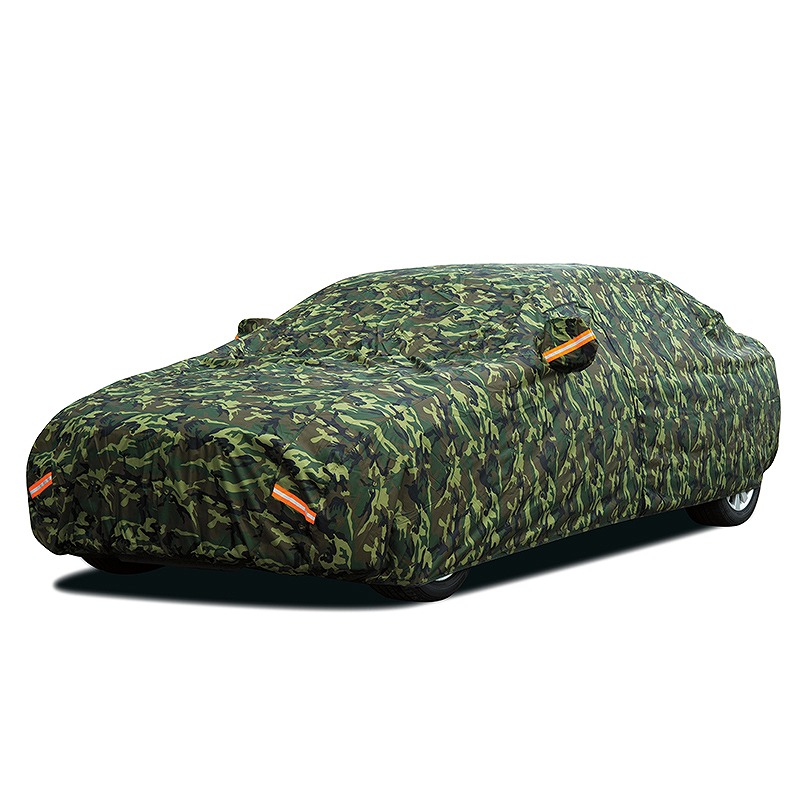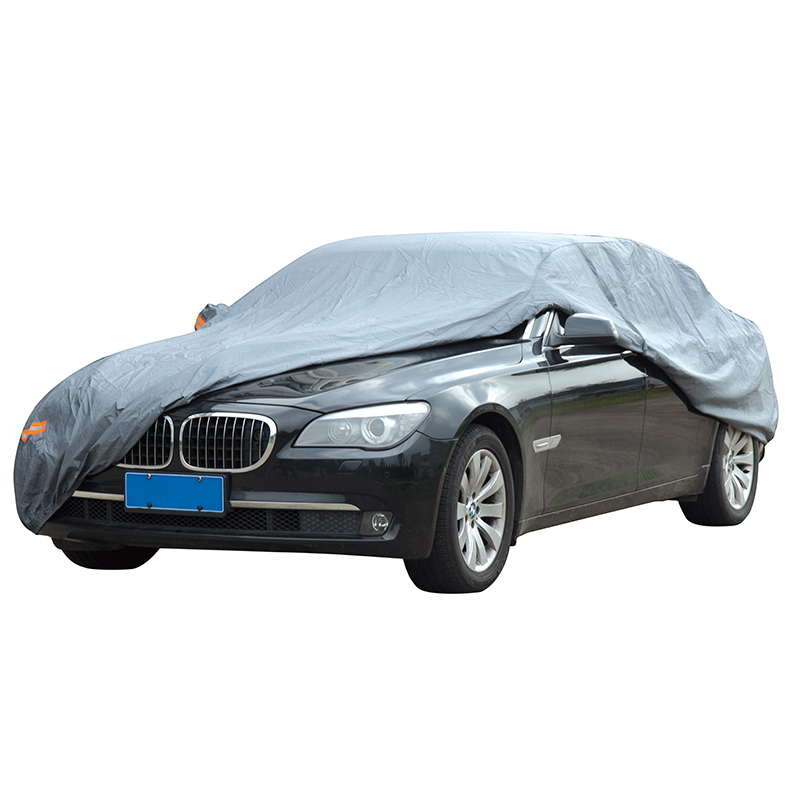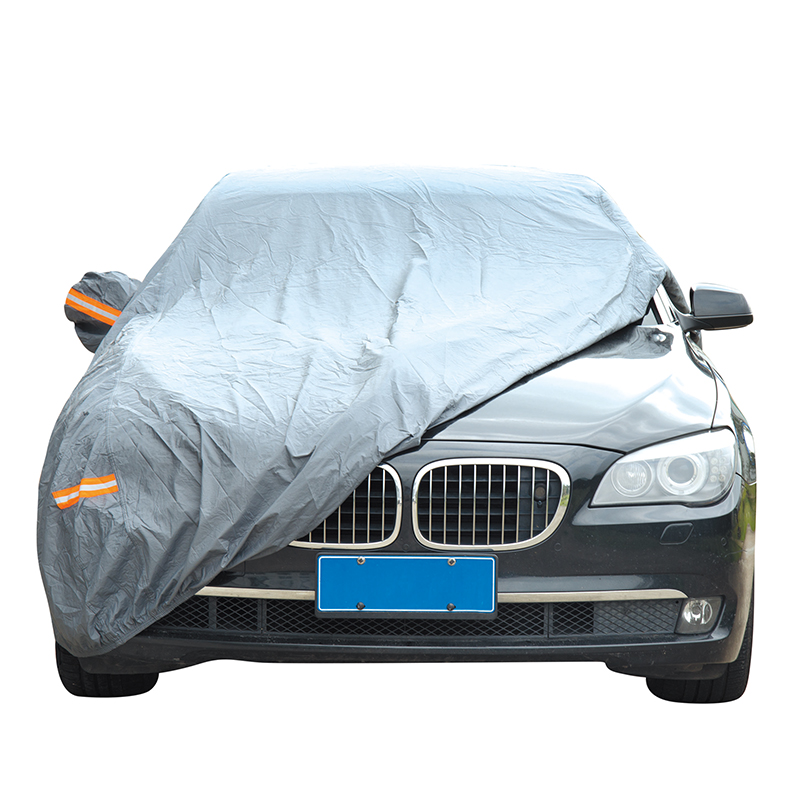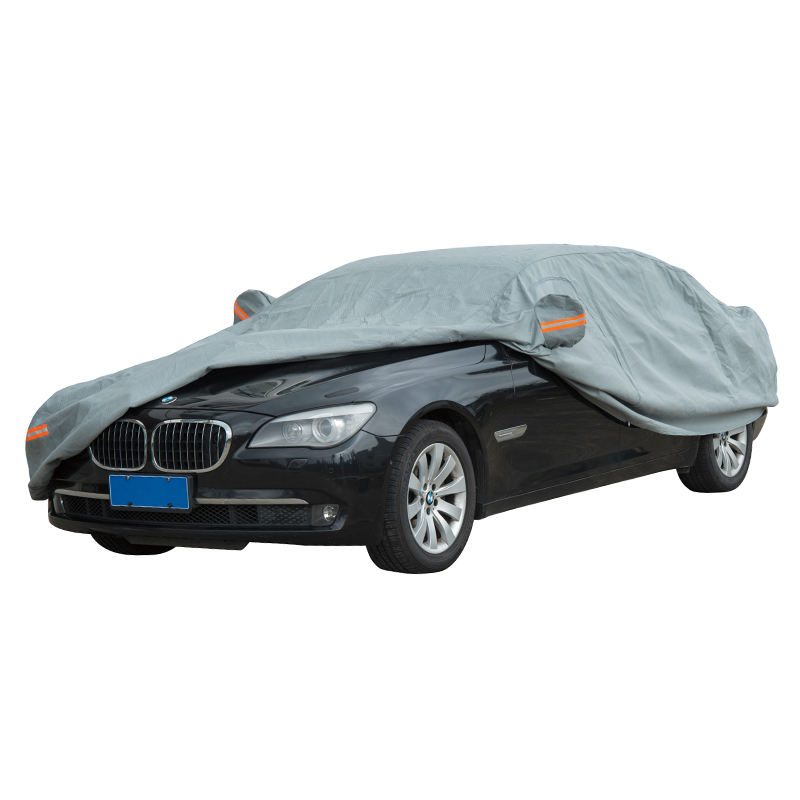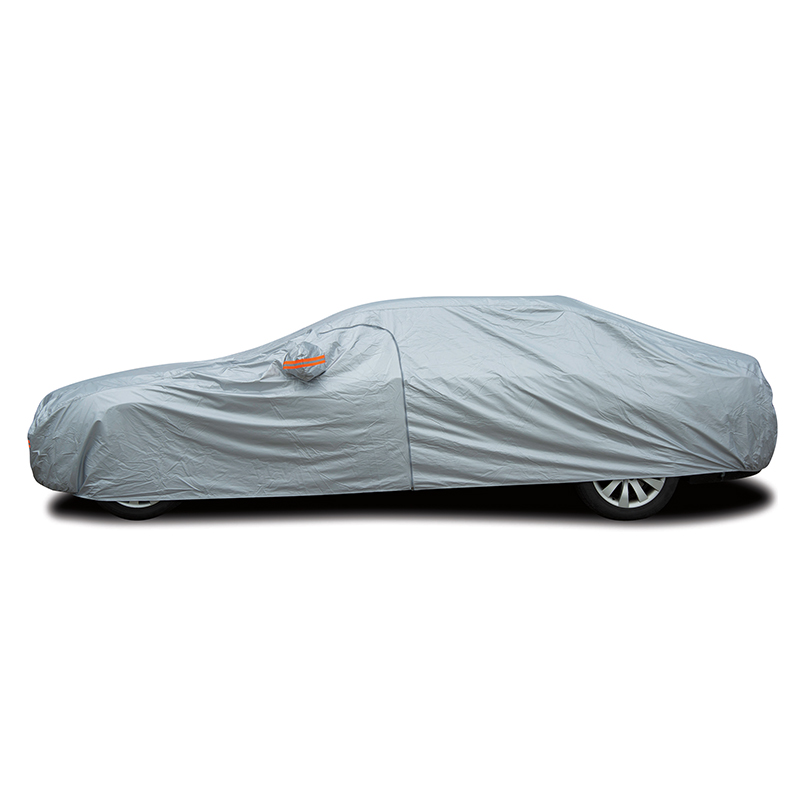In today’s fast-paced world, maintaining a vehicle’s appearance and condition is more important than ever, not only for aesthetic reasons but also for preserving its value. One of the persistent challenges vehicle owners face is protecting their cars from bird droppings, dirt, dust, tree sap, and other environmental contaminants. These elements can cause unsightly stains, paint damage, and long-term corrosion if not addressed promptly. Fortunately, car covers have emerged as an effective and convenient solution to shield vehicles from such hazards, offering an affordable way to maintain a vehicle’s pristine condition.
Why Bird Droppings and Environmental Dirt Are a Major Concern
Bird droppings are more than just a cosmetic nuisance; they are highly acidic and can damage the clear coat and paint layers of a vehicle if left untreated. When bird droppings dry on the surface, their acidic content eats into the paint, causing discoloration and deterioration that can be costly to repair.
Similarly, other environmental dirt like pollen, dust, rain spots, and tree sap also accumulate on vehicles and create sticky residues that are difficult to remove. Over time, these contaminants can accelerate wear and tear, to dull paint and corrosion. For car owners, frequent washing and detailing are necessary to combat these effects but can be time-consuming and expensive.
How Car Covers Provide an Effective Protective Barrier
Car covers are specially designed protective fabrics that envelop a vehicle completely or partially, shielding it from environmental damage. These covers offer a physical barrier that prevents bird droppings, dirt, dust, tree sap, and even harmful UV rays from coming into direct contact with the vehicle’s surface.
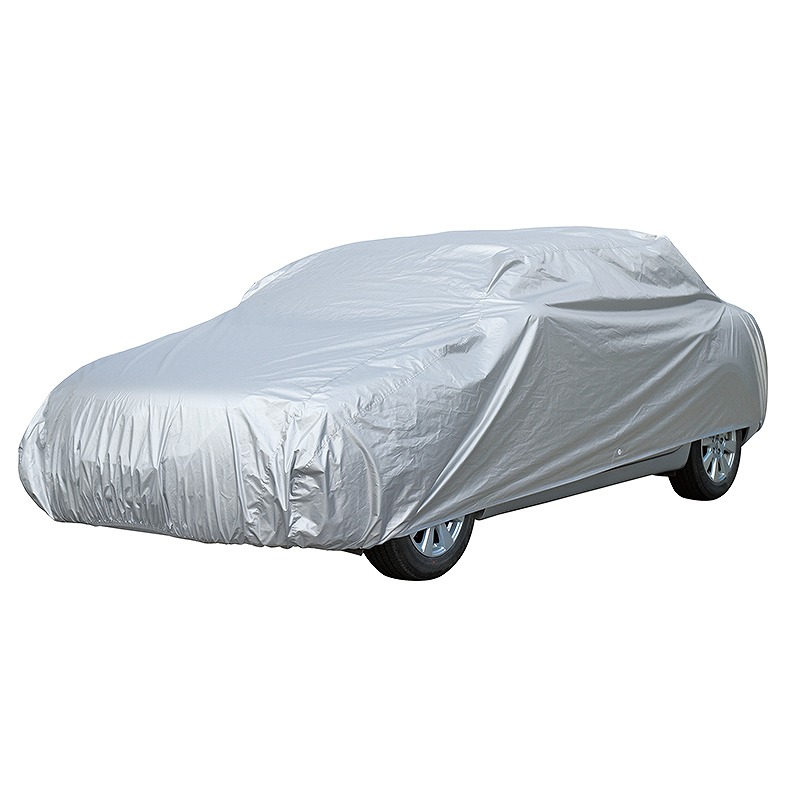
Material Innovation
Modern car covers use advanced materials that are waterproof, breathable, and resistant to UV rays. Breathability is crucial because it prevents moisture buildup underneath the cover, which can cause mold or corrosion. Waterproofing keeps rain and sap from penetrating, while UV resistance protects paint from fading.
Custom and Universal Fits
Car covers come in universal sizes to fit a wide range of vehicles, as well as custom-made options tailored for specific car models, ensuring snug coverage that maximizes protection.
Ease of Use
Lightweight and foldable, car covers are easy to deploy and store. Many feature elastic hems, straps, or buckles to secure the cover firmly, even in windy conditions.
Benefits of Using Car Covers Beyond Dirt and Droppings Protection
Preservation of Vehicle Value
Keeping the paintwork and finish intact significantly boosts the vehicle’s resale value. A well-maintained exterior reflects careful ownership and reduces depreciation.
Protection Against Weather Elements
Besides dirt and bird droppings, car covers protect vehicles from harsh sun exposure, rain, snow, and hail, preventing weather-related wear such as fading, rusting, and cracking.
Scratch and Dust Prevention
Covers guard against scratches from incidental contact, dust accumulation, and minor debris fallout, reducing the need for frequent cleaning.
Theft Deterrence
Though not a primary security device, a covered vehicle is less visible and may deter opportunistic theft or vandalism.
Industry Trends and Innovations in Car Cover Technology
The car cover industry has seen significant advancements in recent years, driven by consumer demand for enhanced protection and convenience:
Smart Fabric Technology
Some car covers now incorporate nanotechnology coatings that repel water, dirt, and stains, making them self-cleaning and easier to maintain.
Climate-Specific Covers
Manufacturers produce covers tailored for different climates—heavy-duty waterproof covers for rainy regions, breathable dust-resistant covers for dry areas, and thermal covers with insulating properties for cold.
Integrated Sensors and Alerts
Emerging smart car covers are equipped with sensors that detect movement or tampering and send alerts to owners’ smartphones, blending protection with security.
Eco-Friendly Materials
With sustainability a growing concern, eco-friendly car covers made from recycled and biodegradable materials are gaining traction.
Practical Tips for Choosing and Using Car Covers
Material and Durability: Select covers made from high-quality fabrics suited to your environment. Look for UV protection, water resistance, and breathability.
Fit and Size: Choose covers that fit your vehicle properly to avoid flapping in the wind, which can cause scratches.
Maintenance: Regularly clean the cover according to manufacturer instructions to maintain its protective qualities.
Storage: Store the cover in a dry place when not in use to prolong its lifespan.

 English
English 中文简体
中文简体 русский
русский Español
Español Deutsch
Deutsch عربى
عربى